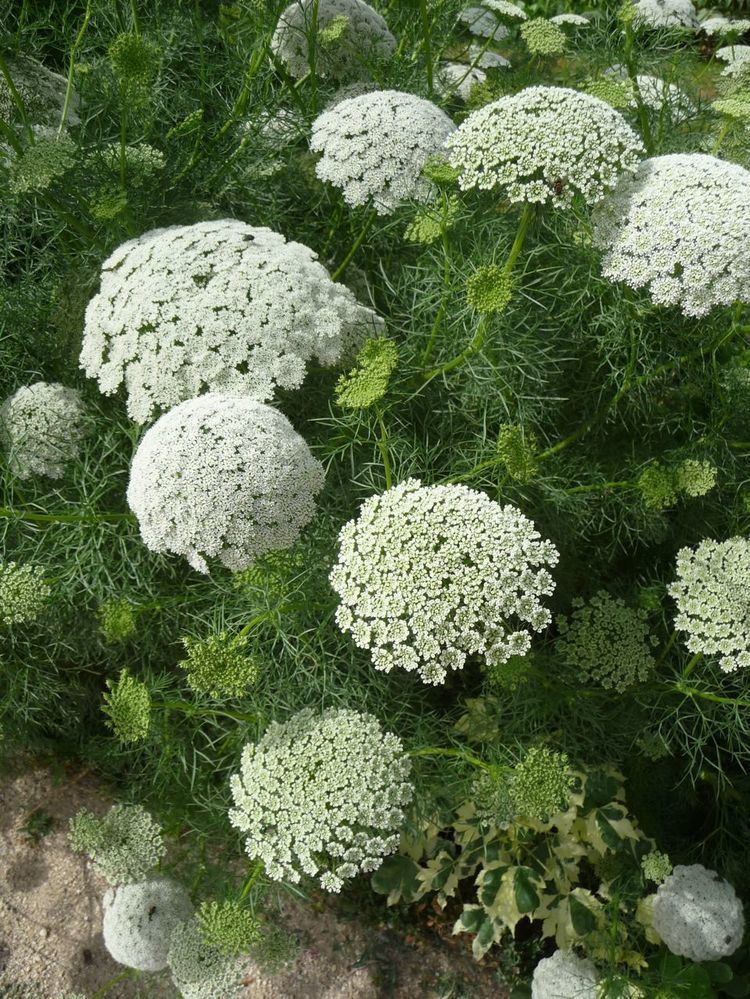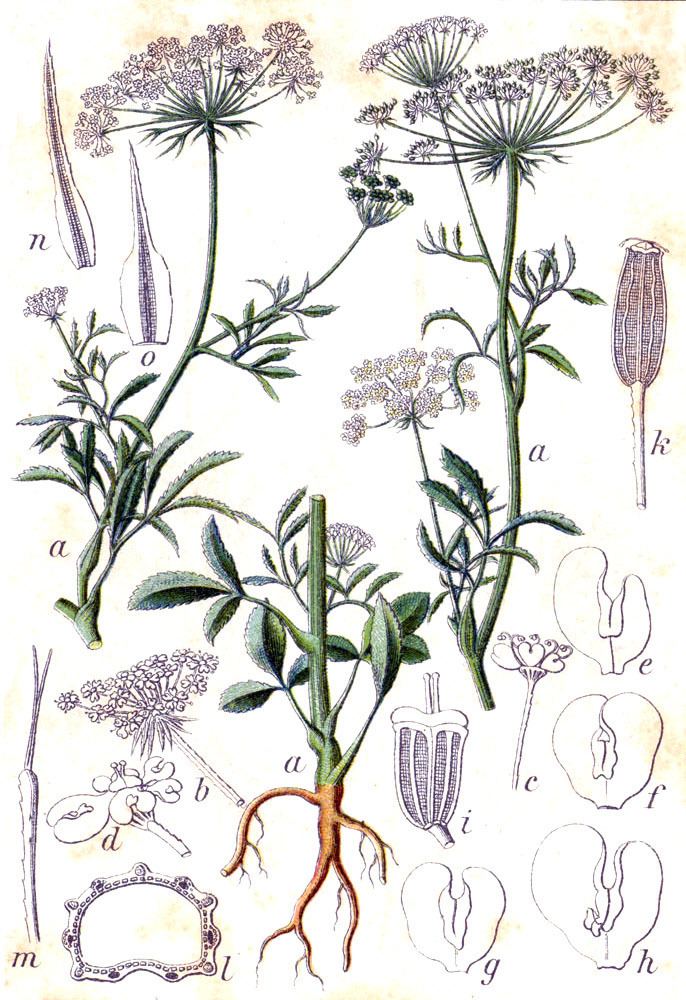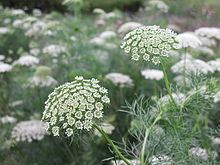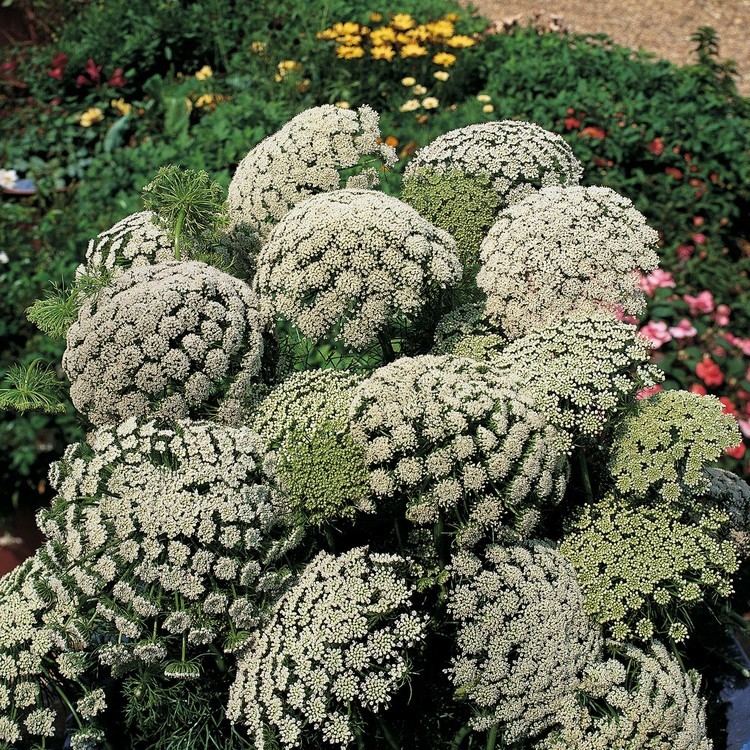Rank Species | Genus Ammi Higher classification Ammi | |
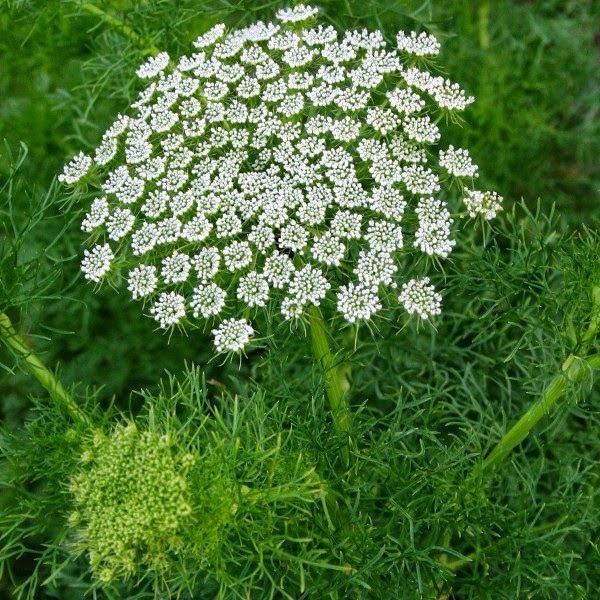 | ||
Similar Ammi, Ammi majus, Umbelifers, Apium, Ciclospermum leptophyllum | ||
Tuto jardin ammi visnaga the giant fiche technique plante annuelle
Ammi visnaga is a species of flowering plant in the carrot family known by many common names, including toothpick-plant, toothpickweed, bisnaga, and khella. It is native to Europe, Asia, and North Africa, but it can be found throughout the world as an introduced species. This is an annual or biennial herb growing from a taproot erect to a maximum height near 80 centimeters. Leaves are up to 20 centimeters long and generally oval to triangular in shape but dissected into many small linear to lance-shaped segments. The inflorescence is a compound umbel of white flowers similar to those of other Apiaceae species. The fruit is a compressed oval-shaped body less than 3 millimeters long. This and other Ammi species are sources of khellin, a diuretic extract.
Contents
- Tuto jardin ammi visnaga the giant fiche technique plante annuelle
- Traditional medicine
- Laboratory research
- Chemical constituents
- References
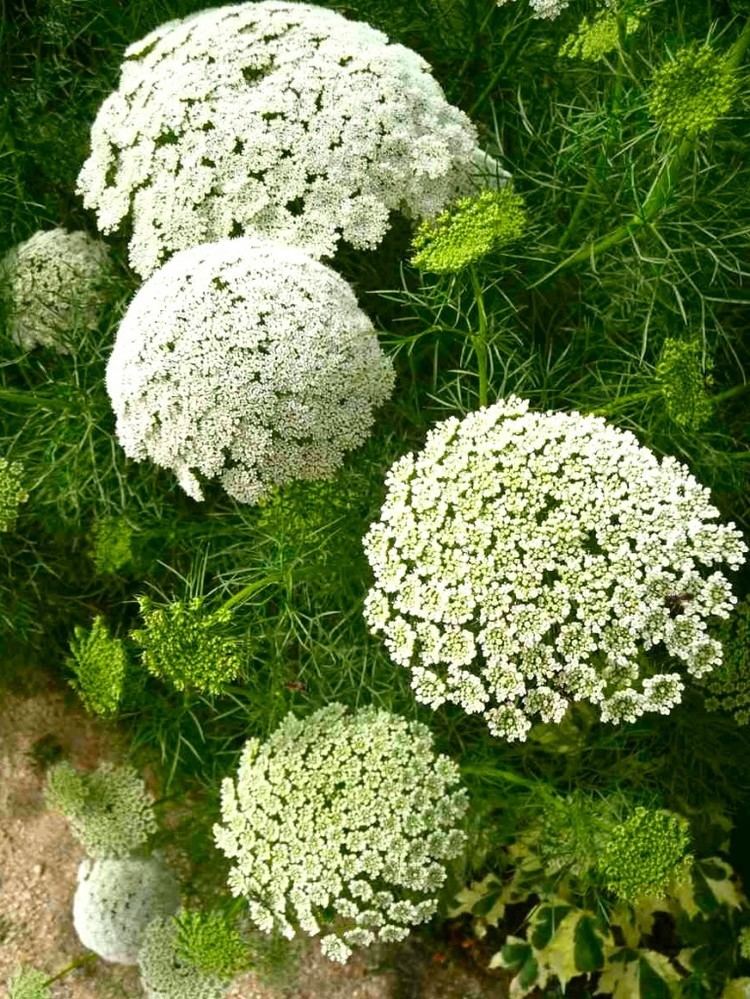
Traditional medicine
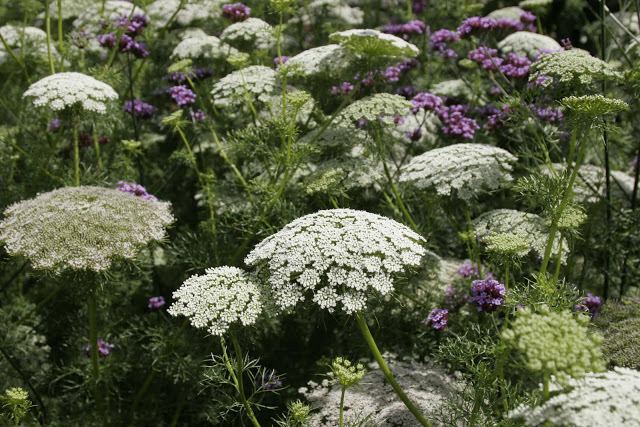
In Egypt, a tea made from the fruit of this species has been used as an herbal remedy for kidney stones.
Laboratory research
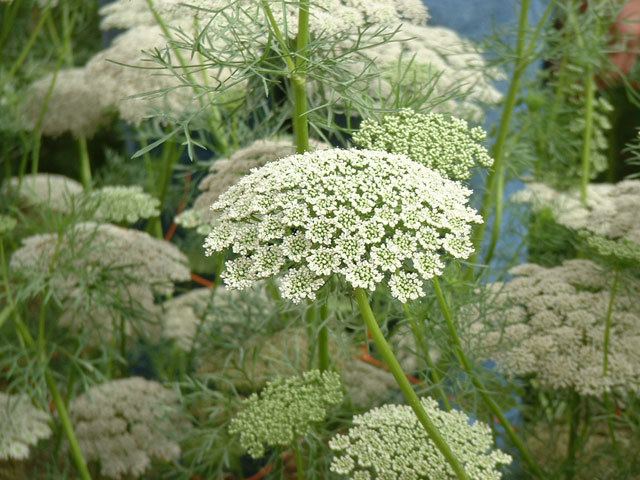
Laboratory rat studies show that the extract slows the buildup of calcium oxalate crystals in the kidneys and acts as a diuretic. Its clinical effects in humans are unknown.
Chemical constituents
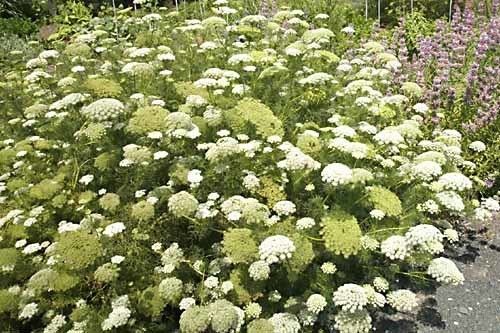
Khellin, a chemical compound obtained from A. visnaga, was used at one time as a smooth muscle relaxant, but its use is limited due to adverse side effects. Amiodarone and cromoglycate are synthetic derivatives of khellin with fewer side effects which were developed for use in modern medicine.
Visnagin is another chemical compound which is found in A. visnaga.
